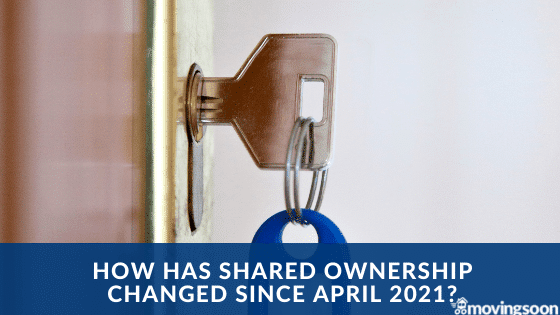So how has shared ownership changed since April 2021? The government announced last month that there were to be new plans to the current shared ownership scheme. What is the proposed new model of shared ownership and what does it mean for both housing providers and homeowners?
In January 2021 Housing Secretary Robert Jenrick announced that the ‘leasehold scandal’ would be ending. We discussed what this might mean for Shared Ownership in our leasehold changes blog
The proposed new model of Shared Ownership includes a minimum share of 10% and at least 990 years lease
The government has announced that all new homes built under the new shared ownership model will have a minimum of 990 years lease. If you are already in a shared ownership home, your lease will be extended by 990 years.
Included in the proposed new model of Shared Ownership is the minimum share changes. You can start to own a shared ownership property with a minimum of 10% share down from 25%. This means that potential home owners will only need a smaller deposit to be able to get a shared ownership home.
There have also been changes made to the current shared ownership model, were the homeowner/tenant will no longer have to pay for the repairs to the property. This is only valid if the repairs/changes are under £500 per year.
So, what do these shared ownership minimum share and lease changes mean for homeowners?
One of the new changes to shared ownership changed since April 2021 relates to the leasehold length. It means that people living in shared ownership homes have more security and stability knowing that they are in a longer lease. At present, shared ownership leases can be a minimum of 99 years meaning that these homeowners will have to fork out potentially thousands to extend their lease. This is because it is hard to sell a property with a lease of less than 80 years and so within the first 20 years a homeowner could be expected to pay to extend it.
Making the minimum share 10% rather than 25% could be a great step in helping people get onto the housing ladder. This is because a lower deposit will be needed. For example, if you are wanting to buy a 10% share of a £200,000 property you would only need a £2000 deposit as this would be based on £20,000 share.
Introduction of 1% staircasing for shared ownership
Another new change to the shared ownership model is the introduction of 1% staircasing. This now means that you can staircase in minimum 1% increments rather than 10%. This will make buying more shares of your home a lot more affordable as you will only need to pay off 1% rather than 10%. For example, if your home was worth £150,000 and you wanted to buy another 10% share of your property, you would need £15,000 to do so. However, buying a 1% share would mean you only have to pay £1,500 to own more of your home and decrease the rent payable.
This is also good news for homeowners as any repairs that need doing are set to be completed by the housing provider. This is therefore similar to rental properties tenancy agreements, however housing providers may not be too keen on this change due to the potential costs involved.
It is important to be aware there are still costs involved in staircasing even just 1%. You will need to pay for shared ownership solicitors fees and shared ownership mortgage fees each time you staircase.
What do the new Shared Ownership proposals mean for Housing Providers?
The main concerns that housing providers have with these changes are the changes in responsibility for repairs. Housing associations have warned that repairs costs as well as owners purchasing lower shares in their homes could make the tenure “financially unviable”. However it is worth noting that the repairs can only amount to a maximum of £500 per year and they are only for the first 10 years of the person owning the home.
With shared ownership being more accessible to more people, this could then increase the demand for more shared ownership homes. Will providers be able to keep up with demand?
So, do you think these changes will improve the current shared ownership model and help more people to get on the housing ladder?
Shared Ownership: Key Topics
- What questions should you ask when viewing a shared ownership property?
- Is shared ownership right for you?
- What is the downside to shared ownership houses?
- What does shared ownership service charge cover?
- What are solicitors fees for selling shared ownership property?
- Buying or selling shared ownership what are the costs?
- Shared ownership vs renting what will you do?
- How does shared ownership work when you sell?
- Is shared ownership only for first time buyers?
- How does shared ownership staircasing work?
- Are shared ownership houses leasehold or freehold?


